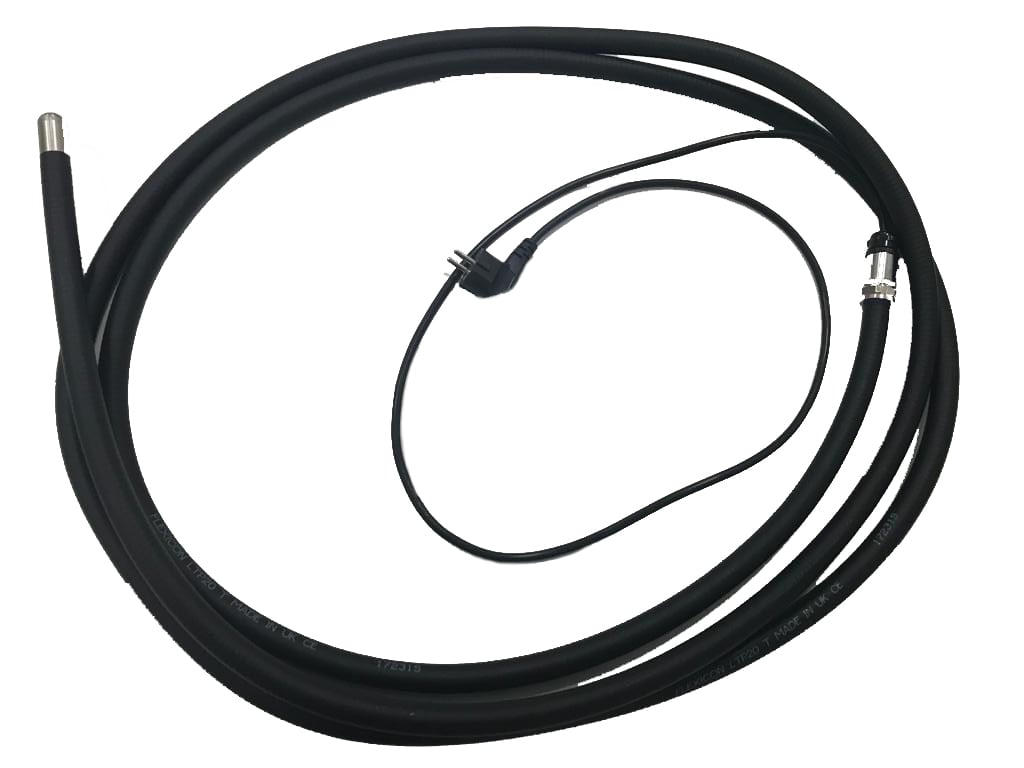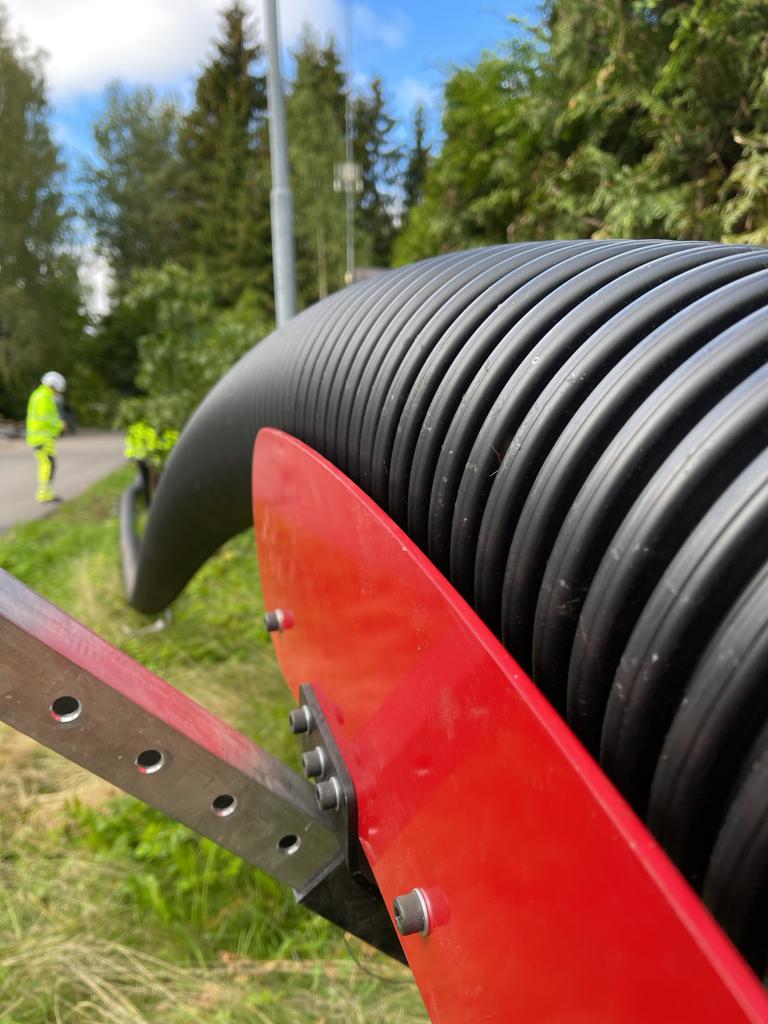%202018_01.jpg?width=1980&height=1080&name=Maxi%20Carolina%20Fountain-44%20(1)%202018_01.jpg)
Columbia, South Carolina (USA)
Restoring 8" Fountain Return Line with Picote Brush Coating™
Drain Pro
Columbia, SC (USA)
Drain Pro, SC, USA
Introduction
Lake Carolina Fountain is in Richland County, SC, located half an hour north-east from downtown Columbia. The fountain is designed to give a rise of 15-30ft in normal operating conditions. It has an 8” diameter main return line which bifurcates into 6” diameter manifold pipes in the upper portion of the fountain.
The main return line runs 15 ft vertically and 30 ft horizontally. An issue was detected when reduced water head was observed along with sand in the fountain around January 2016. Earlier, a leakage was detected around October 2015 as well. Fortunately, it was a minor leakage in the top piping back then and that was fixed. But this time, the problem looked more serious as no leakage was apparent in the top portion and there was sand in the water coming out of the fountain. The contract for the repair was given to Drain Pro in September 2016.
%202018_01.jpg?width=1980&height=1080&name=Maxi%20Carolina%20Fountain-44%20(1)%202018_01.jpg)
Problem and challenges
A 15 ft vertical stretch of the pipe coupled with a water head of 15-20 ft makes the mainline subjected to a tremendous amount of pressure. In such a scenario, even minor leaks can cause significant pressure loss and a complete failure of the system.
Identification of possible leakages was the very first step of the plan. The horizontal portion runs almost 30 ft. Traditional replacement method would have meant dismantling the above-grade structure to access the vertical portion of the pipe and digging out the horizontal portion which runs 15 ft below grade.
That simply meant a huge amount of digging, probable disruptions to traffic as the fountain sits over a roundabout. It was made sure that all the operational parameters remained the same which strongly suggested that the problem was arising due to a structural deterioration. CCTV camera was run through the pipes for a preliminary examination.
During the examination, no breaks or leaks could be detected by the CCTV system. There were 3 joints including one 90-degree bend in the 8” return pipe section which further enhances the chances of leakage.
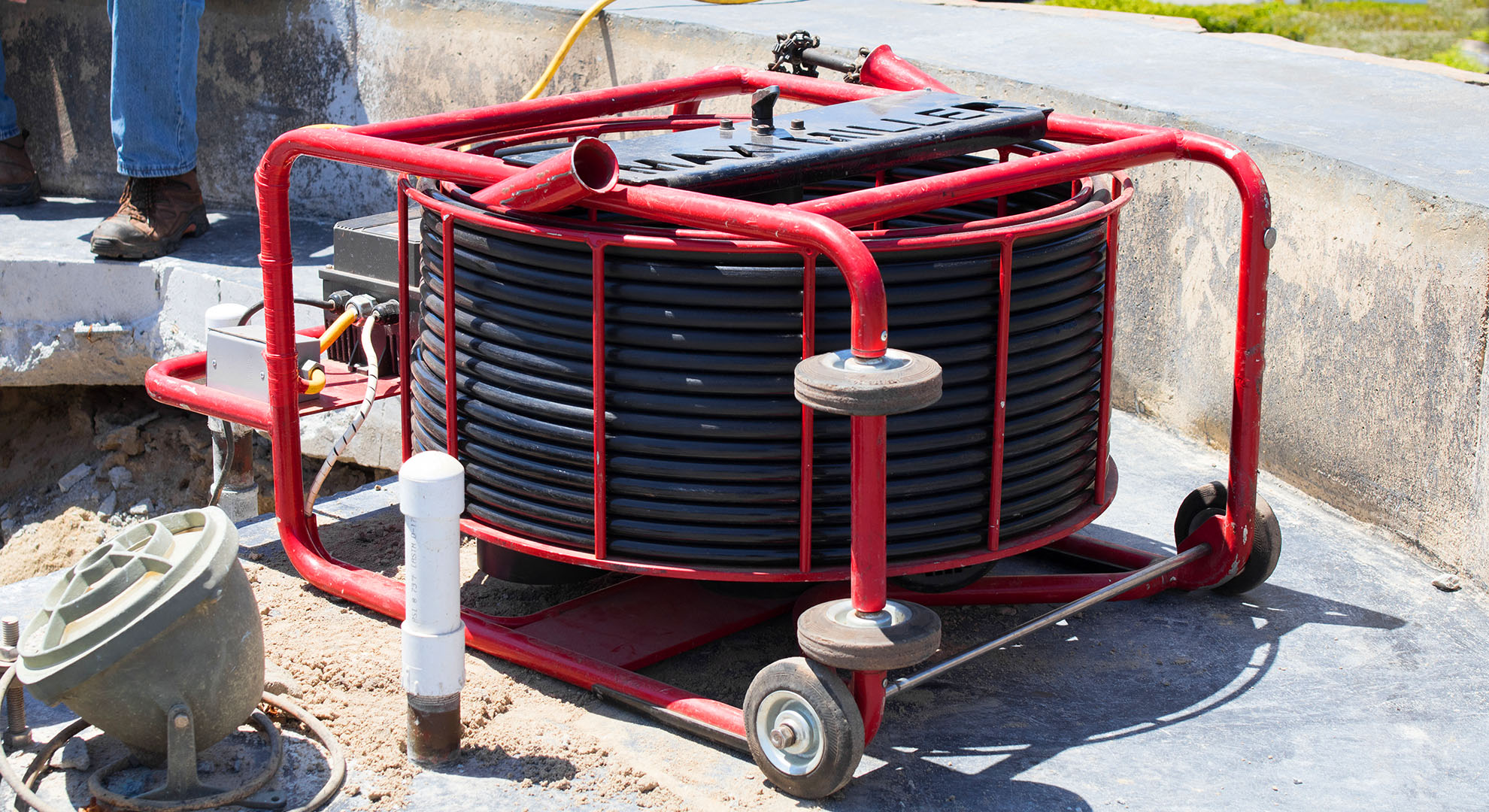
Strategy
Visual inspection was the first choice to examine the leaks. Main return pipe was examined using a CCTV camera. Smaller diameter pipes in the top portion of the fountain needed closer examination. Concrete at the top portion was cut to expose the T-joint connecting 8” pipe to 6” manifold pipes.
The joint looked mostly intact. The upper portion of the piping which consisted of nozzles and smaller diameter pipes was inspected before moving on to the inspection of the main return line. The smaller diameter pipes were found to be in perfect shape indicating the major problem occurring in the lower pipe segments. The top segment was cut off from the main pipe and water was run through the 8” pipe.
Water was observed to be flowing through the annular gap outside the pipe which confirmed water leakage in the pipes below. Moreover, outflowing water from the pipe had traces of sand which further indicated about openings loose enough to allow sand from outside being sucked into the pipe.
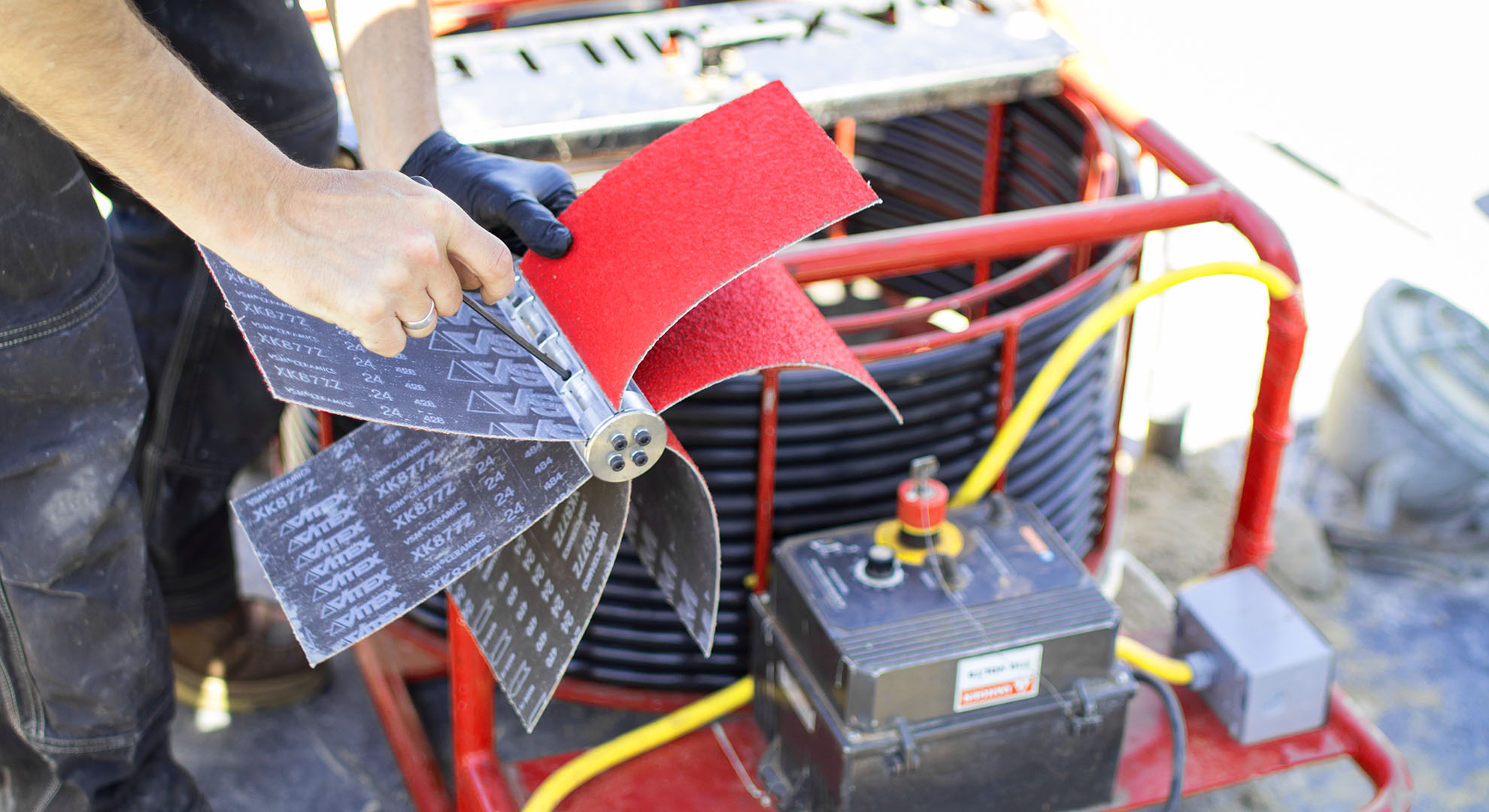
Implementation
Picote Maxi Miller was used for surface preparation and combined with the Maxi Pump for coating purposes. Surface preparation was completed within half a day as the PVC pipes at the site did not have any scaling. A single run of Smart Cutter™️ was found to be sufficient to clean the pipe and make it ready for coating.
The pipe was washed and left to dry for two hours. First coat of epoxy was applied on the same day. Remaining four coats were applied in following two days. Each coating took 30-40 minutes which was followed by air drying for 2-3 hours. 10” size brush was used for coating. The thickness of a single layer of epoxy coating was roughly around 30-40 mils. Pipes of about 45 ft long were coated with 5 layers of epoxy.
Check out the Picote Maxi Miller here.
Take a look at Picote Brush Coating™ Systems here.
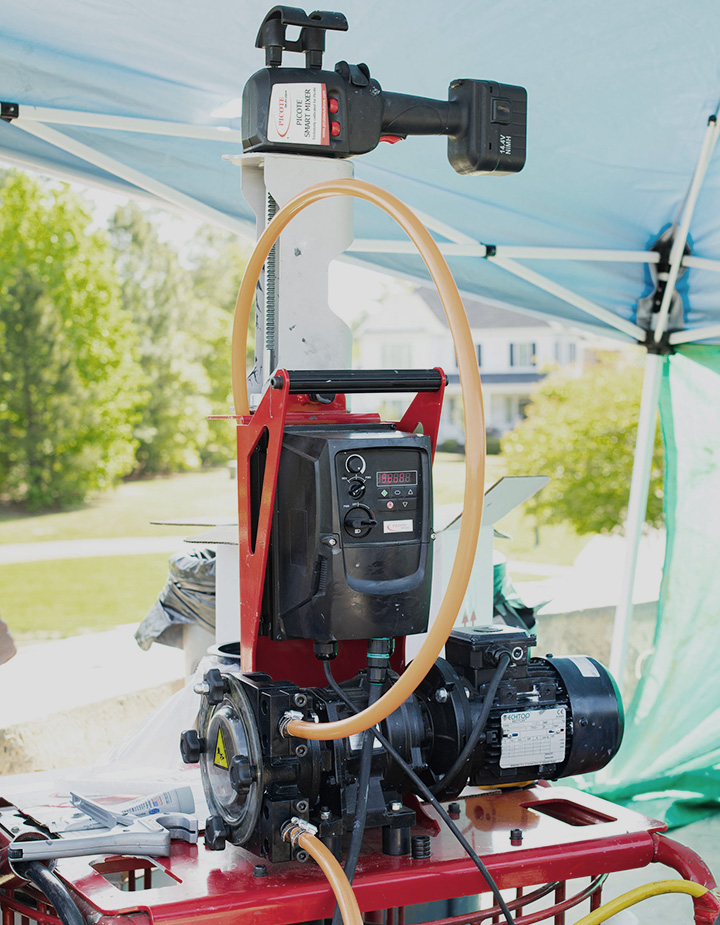
Testing
Piping was tested for its ability to handle high pressure. The piping was left for 24 hours after the last coating to dry and set properly. It was tested for two different scenarios with water and air. The pipe was filled with water and subjected to a pressure of 75 psi. Later the water was drained, and the pipe was pressurized with air at 100 psi for an hour. These tests made sure that the system would be able to withstand the desired range of pressure.
Benefits
The structure of the fountain was almost untouched except the concrete layer at the top while rehabilitating the main return pipe. It would have been much more expensive, time-consuming and difficult to go with the traditional replacement of the pipes. Bracing up the structure of the fountain would have been another difficulty. Moreover, traditional methods would have caused significant disruption to traffic as the fountain sits on a roundabout.
Using the Picote Brush Coating™ system eliminated all these concerns. They did not have to dig out the whole fountain and brace the intricate piping. The structural integrity of the whole structure was not compromised either during or after the implementation of the project. Replacement of pipes would have meant demolishing major part of the above grade structure of the fountain and digging out a 15 ft deep trench to remove the horizontal part of the pipe.
Picote Brush Coating™ is a trenchless, clean, economical, robust and sustainable method. It could save a huge amount of labor, money, and time, keeping the original structure intact.
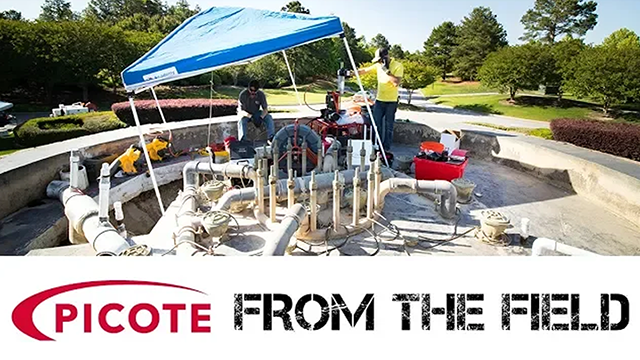
Allow marketing cookies here to watch the video.
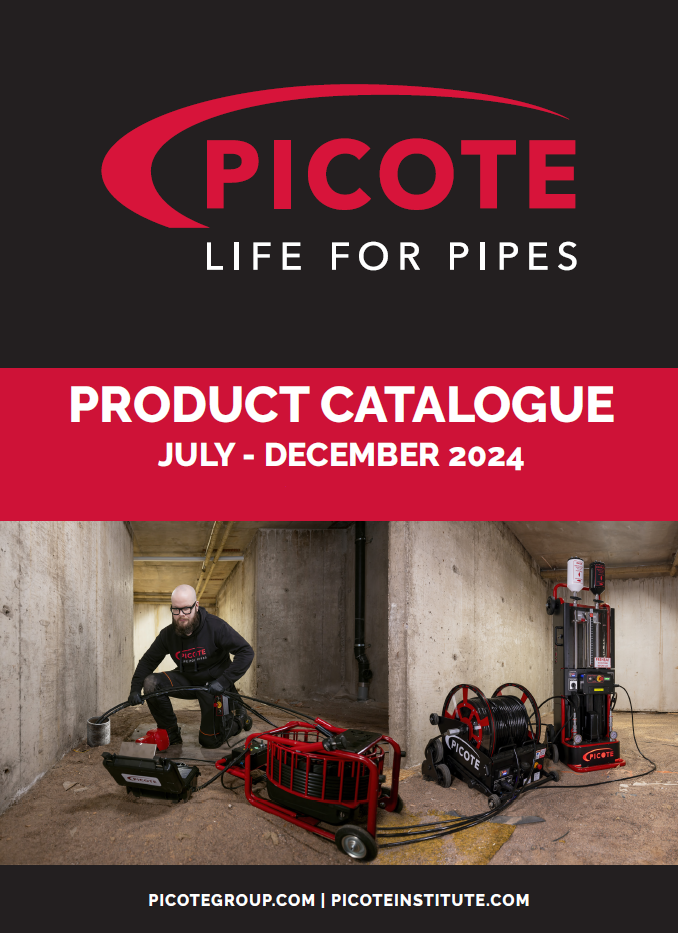

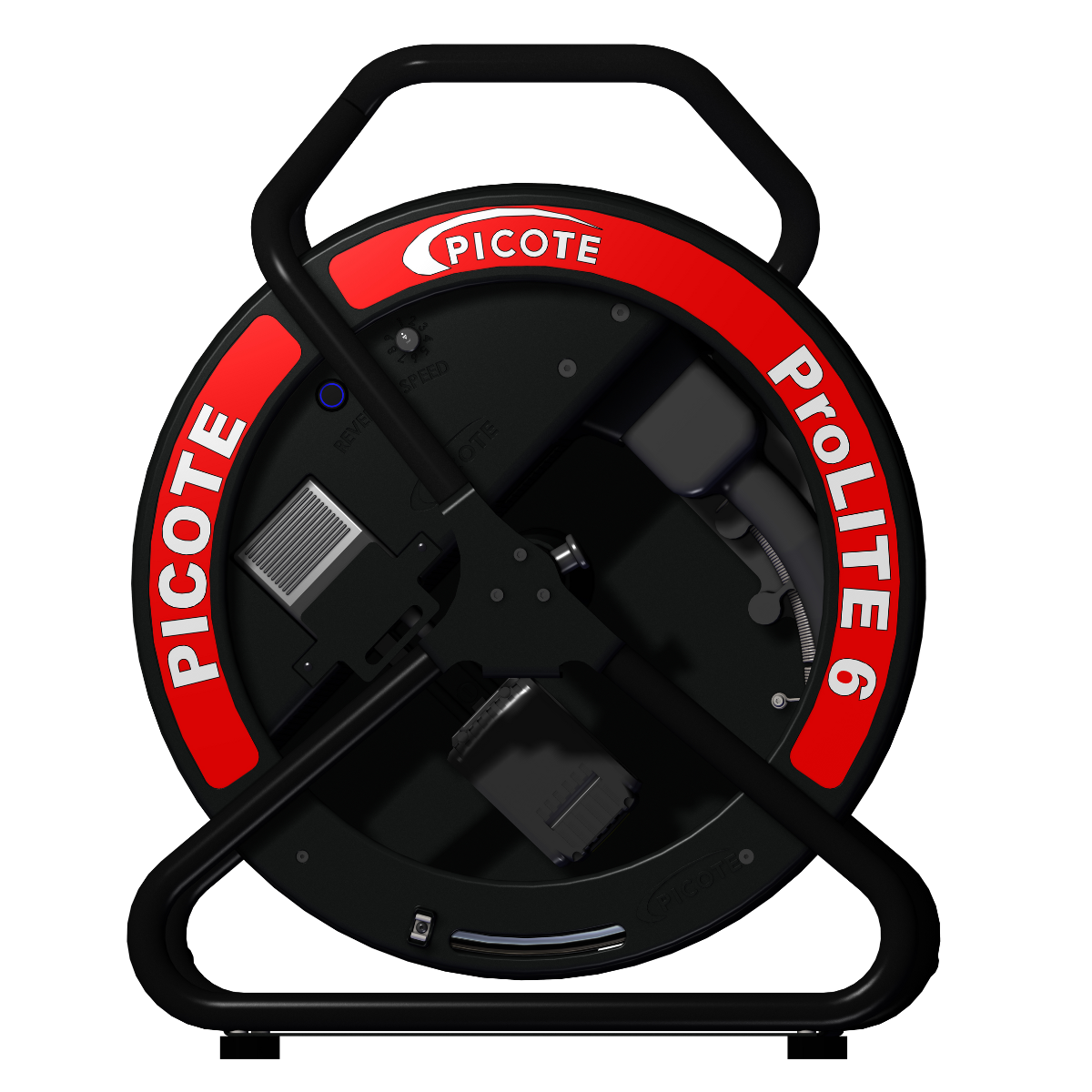
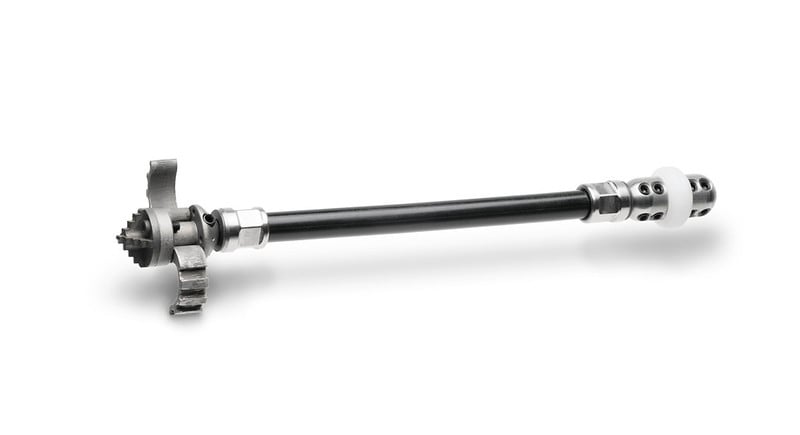
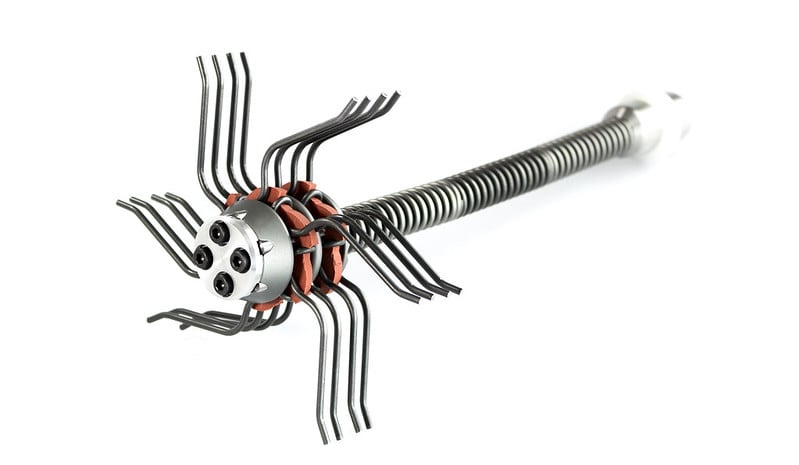
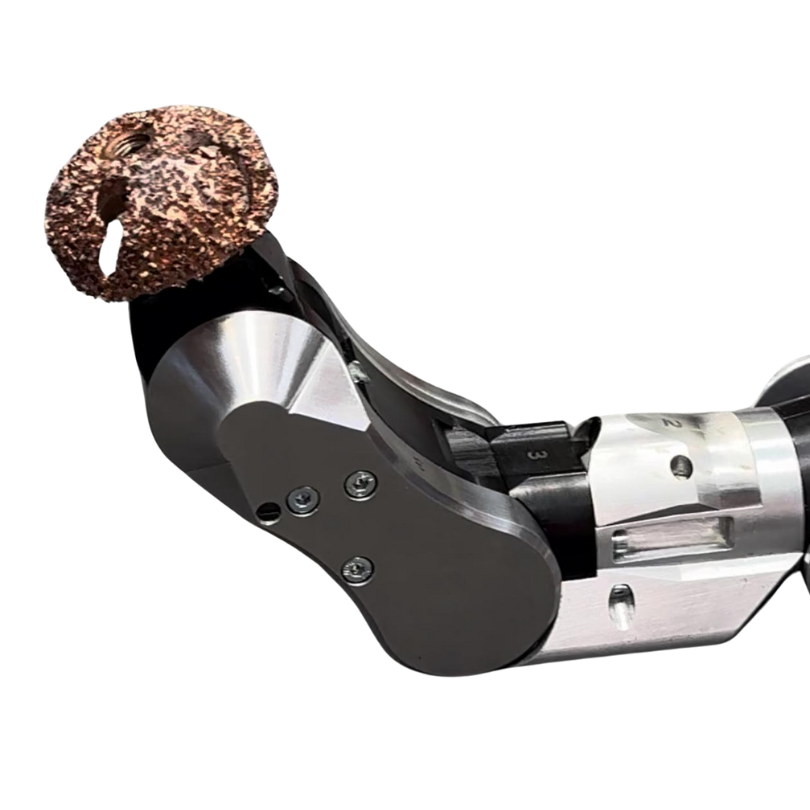
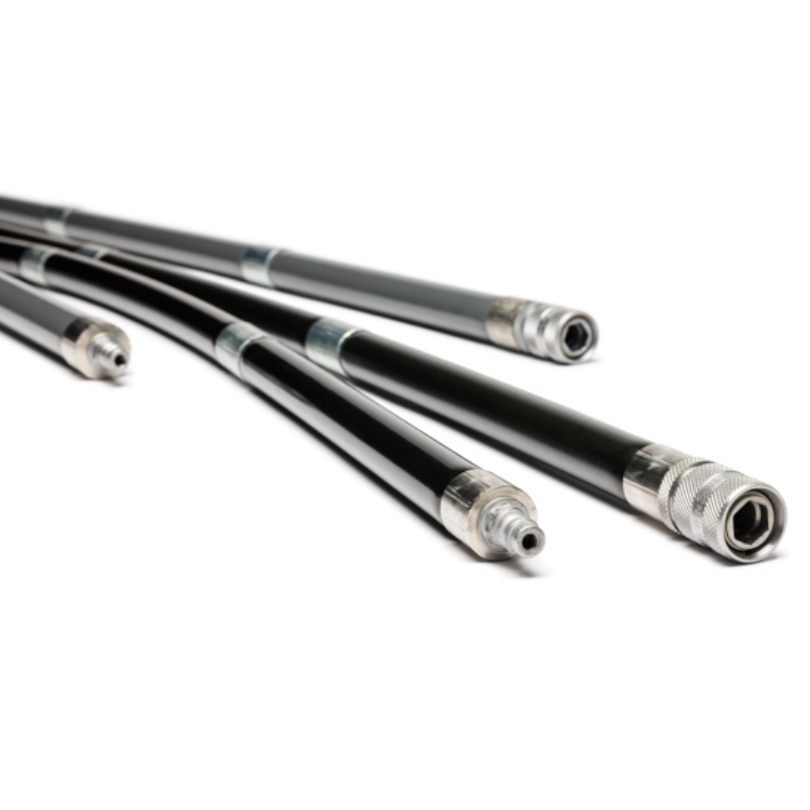
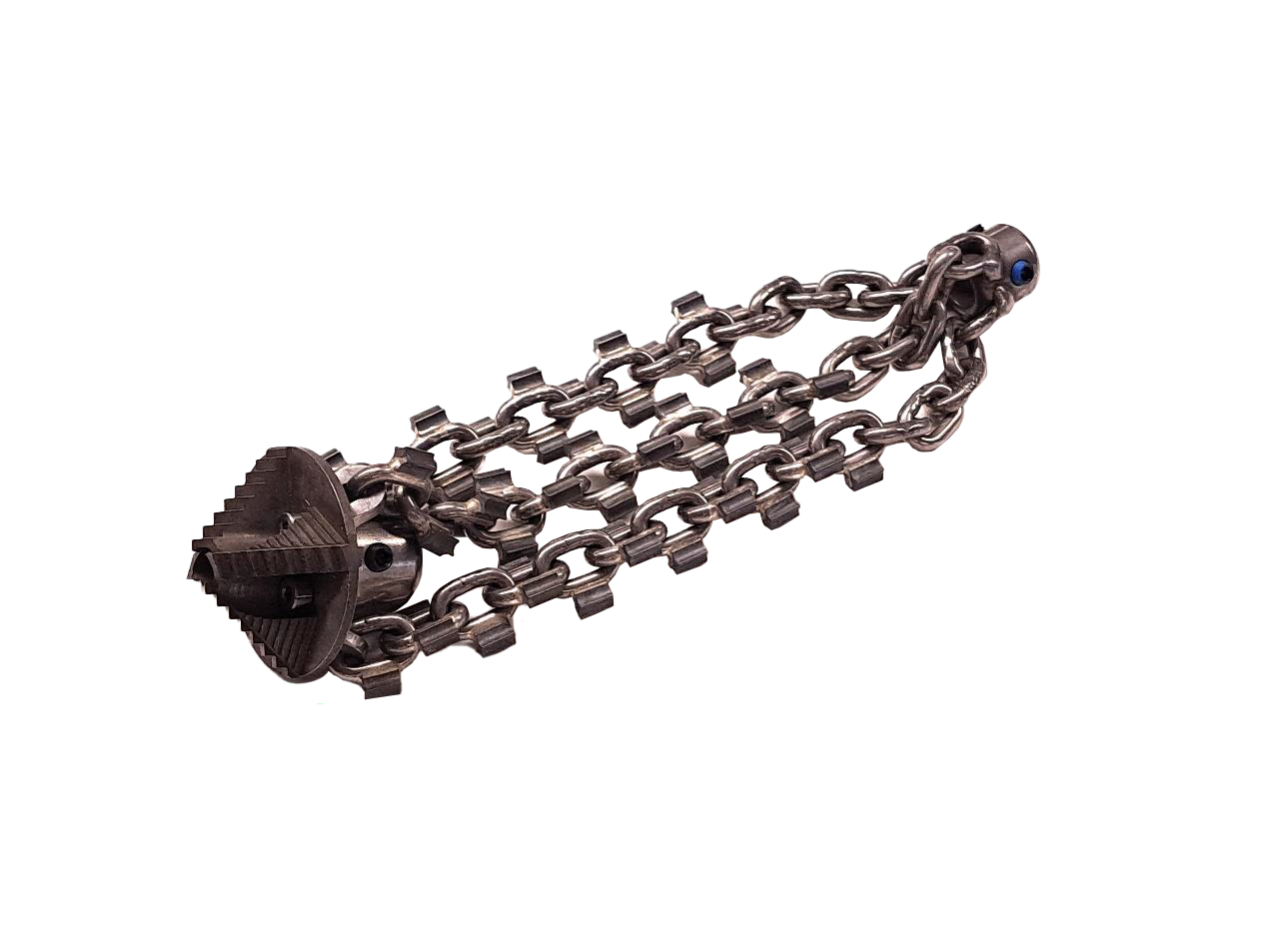
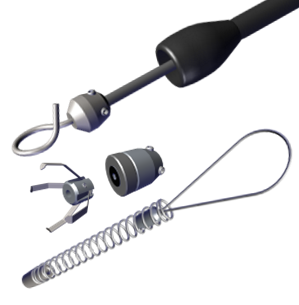
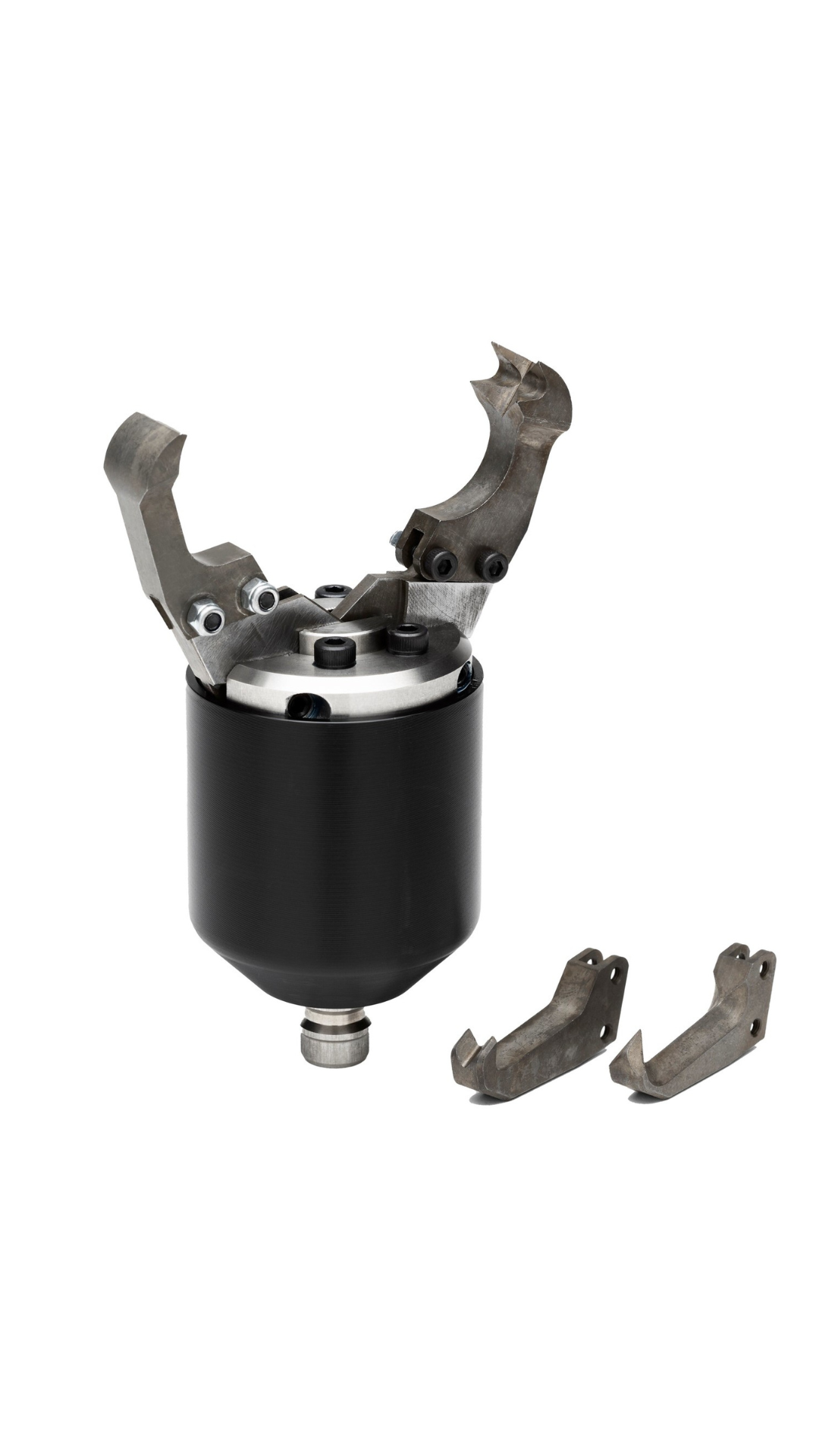
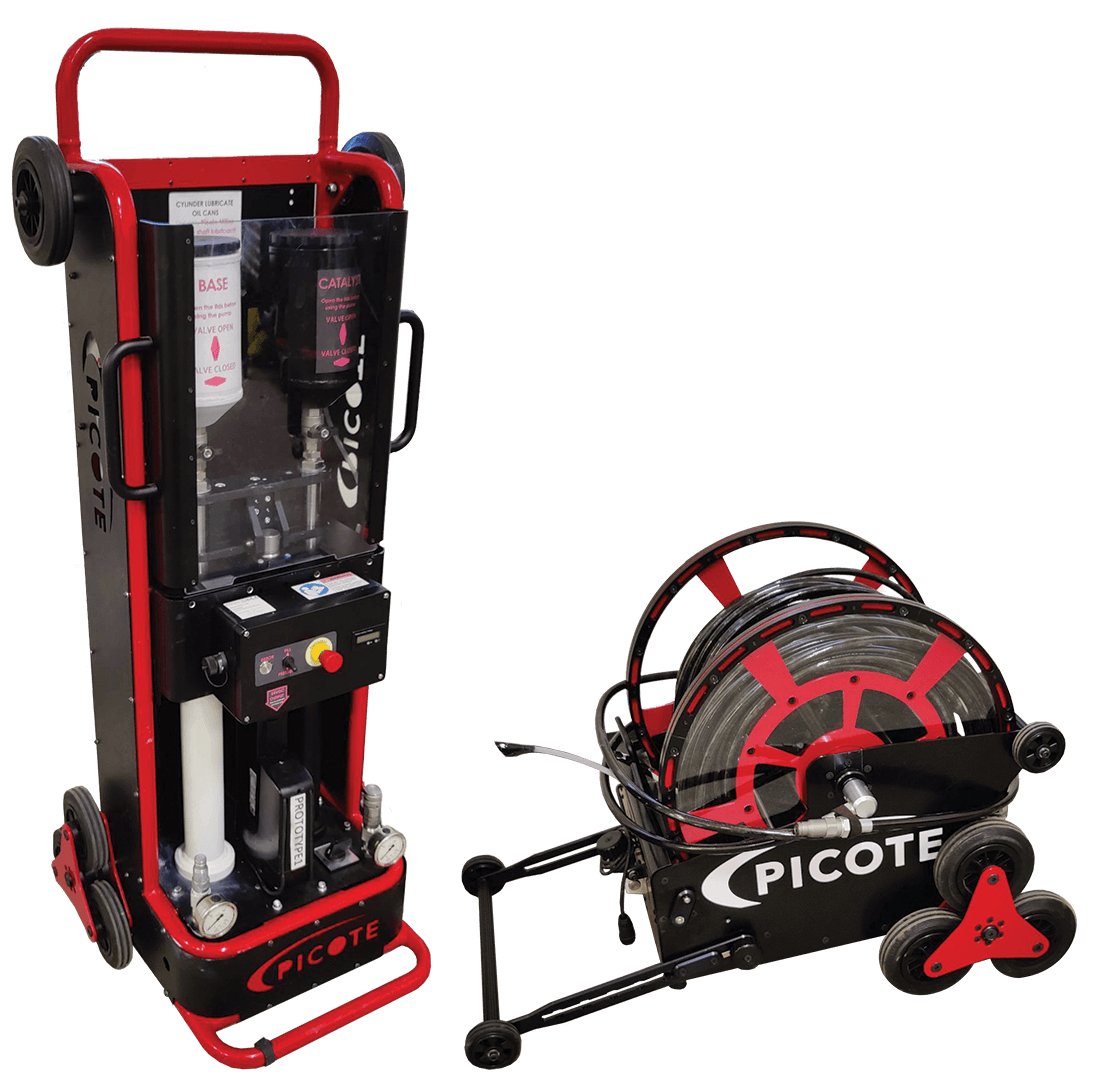
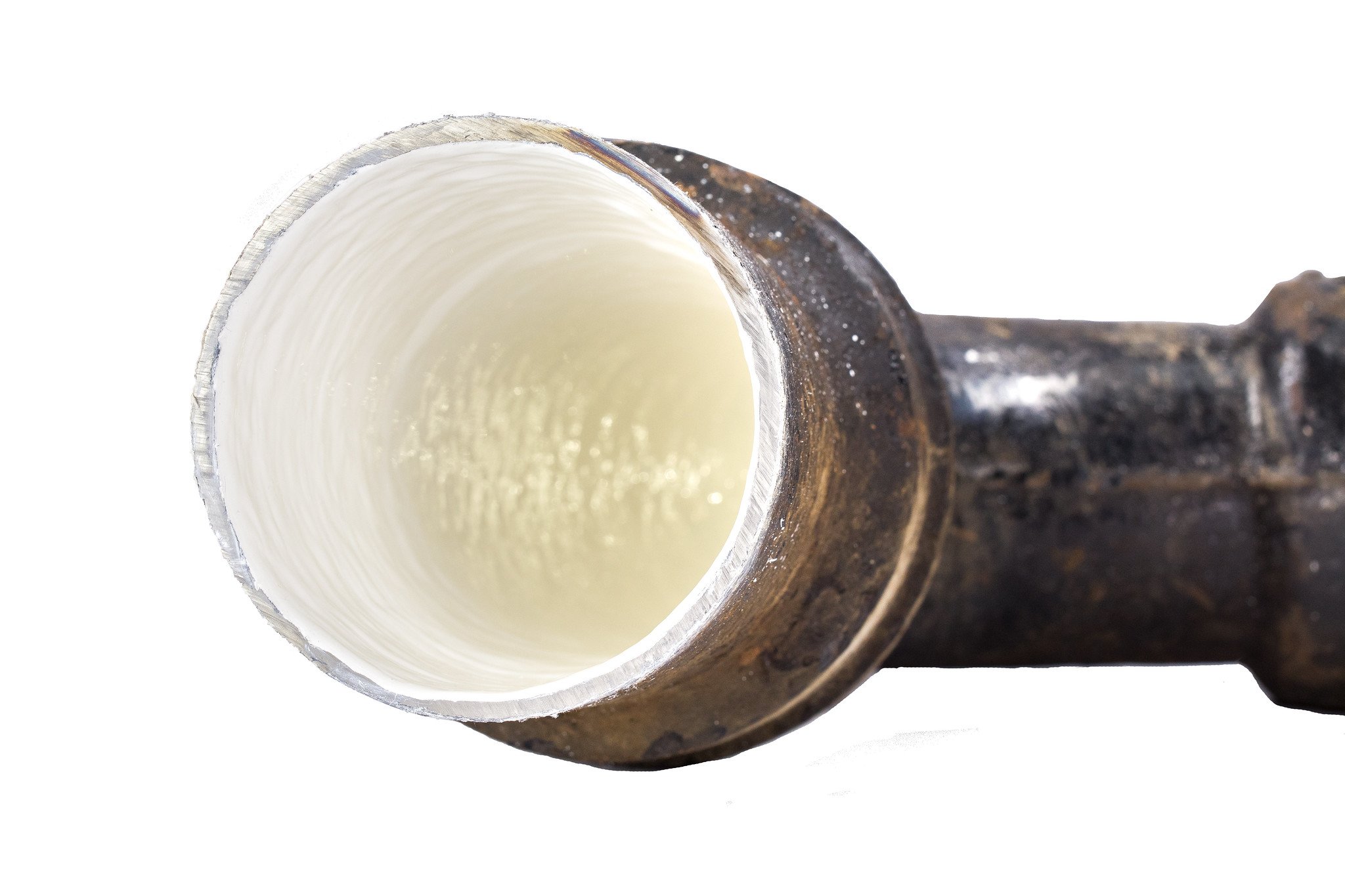
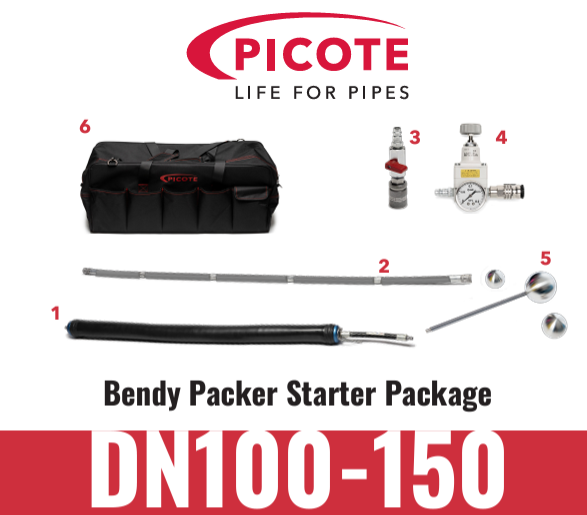
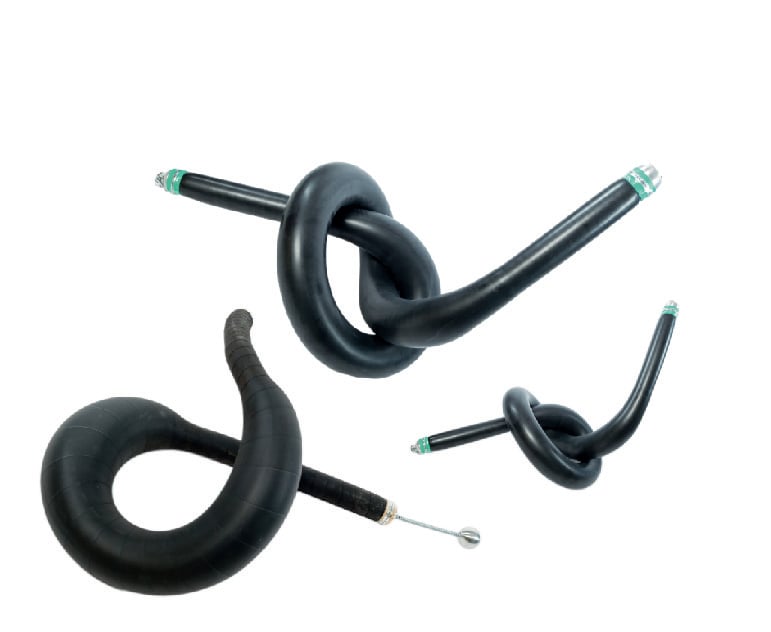
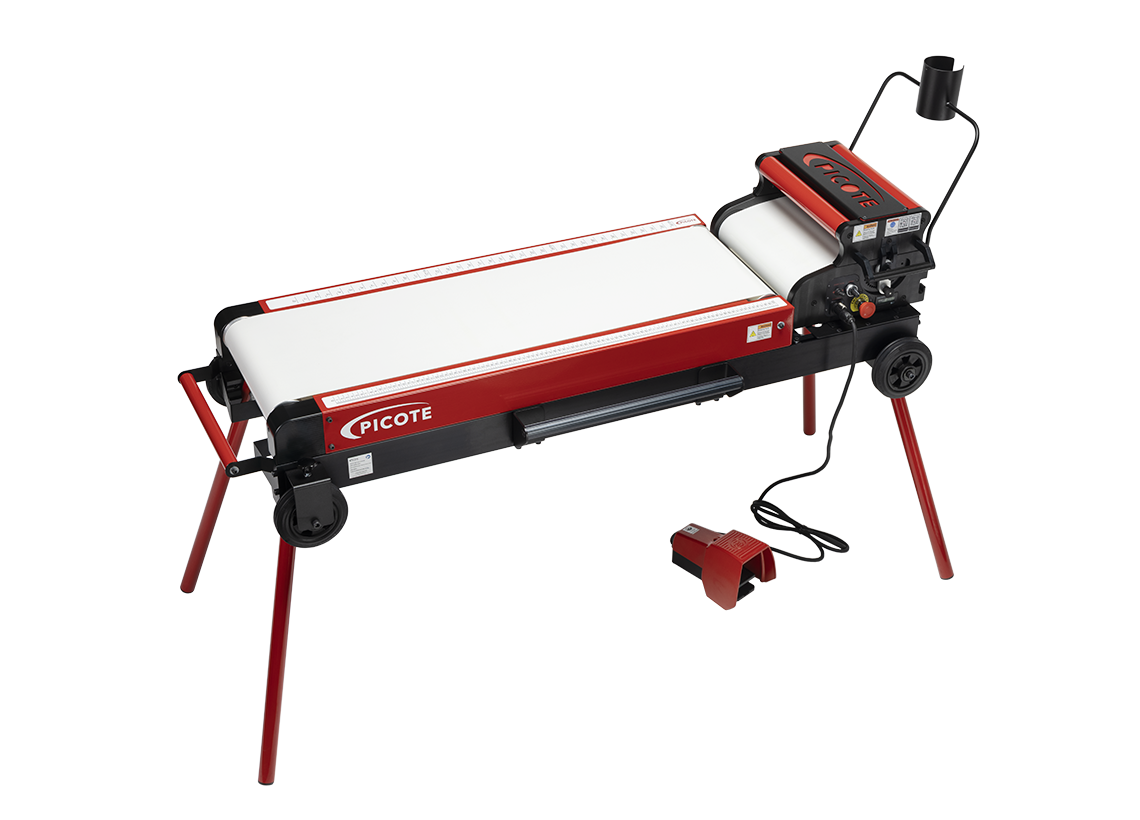
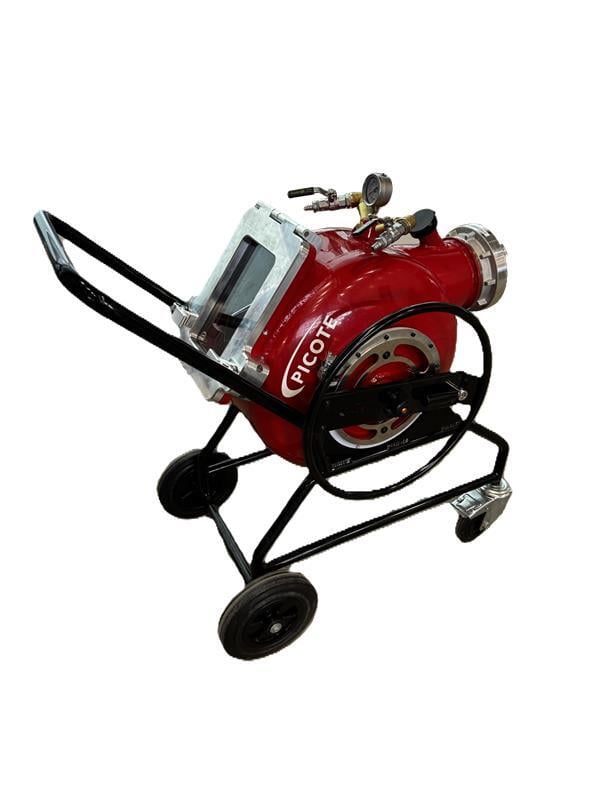
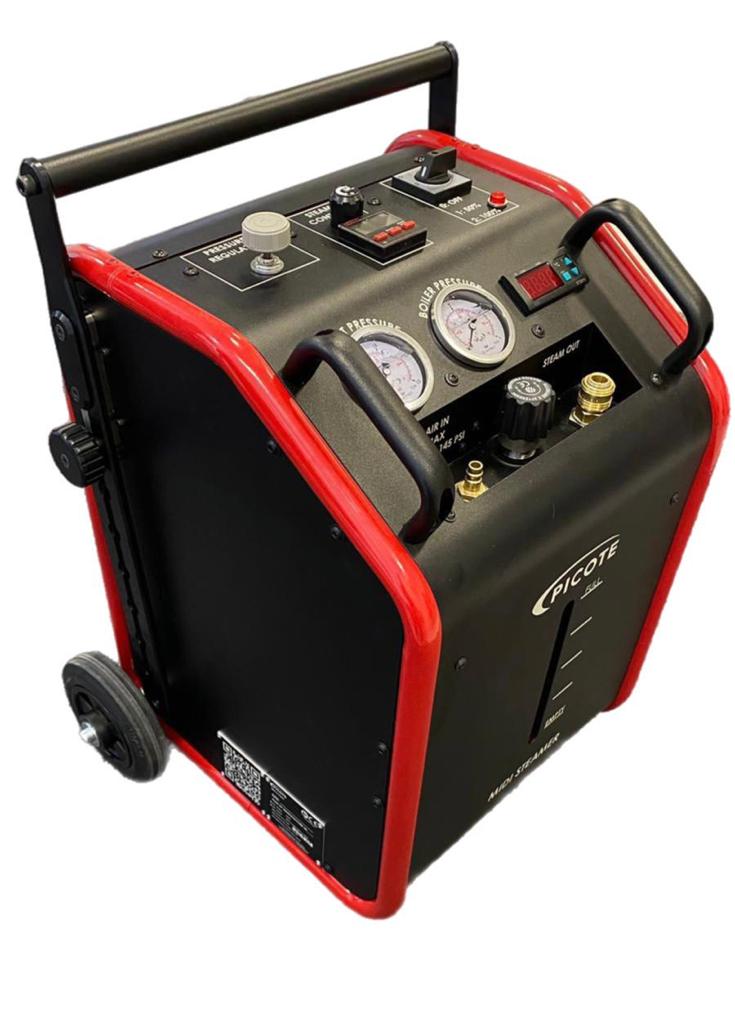
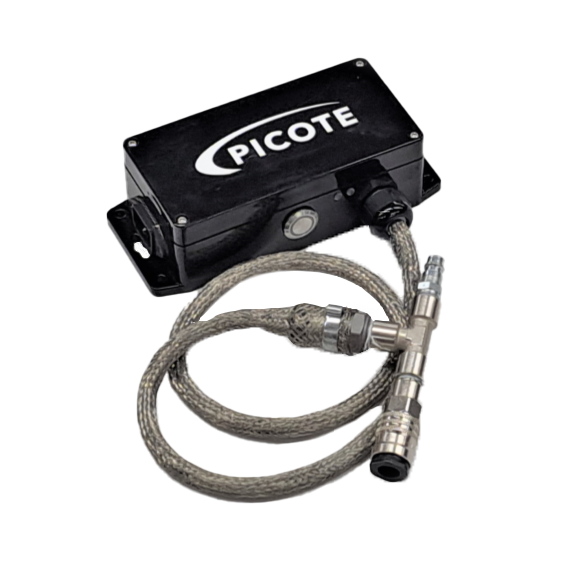
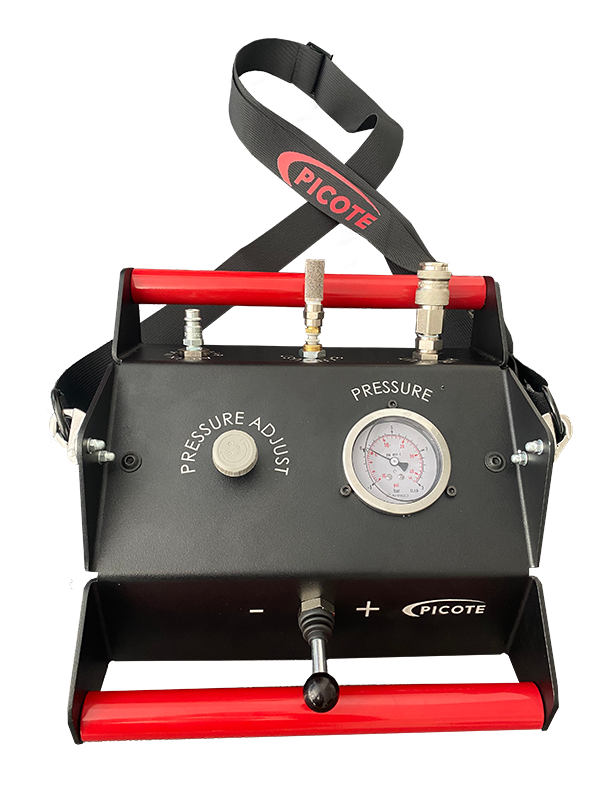
.jpg)
